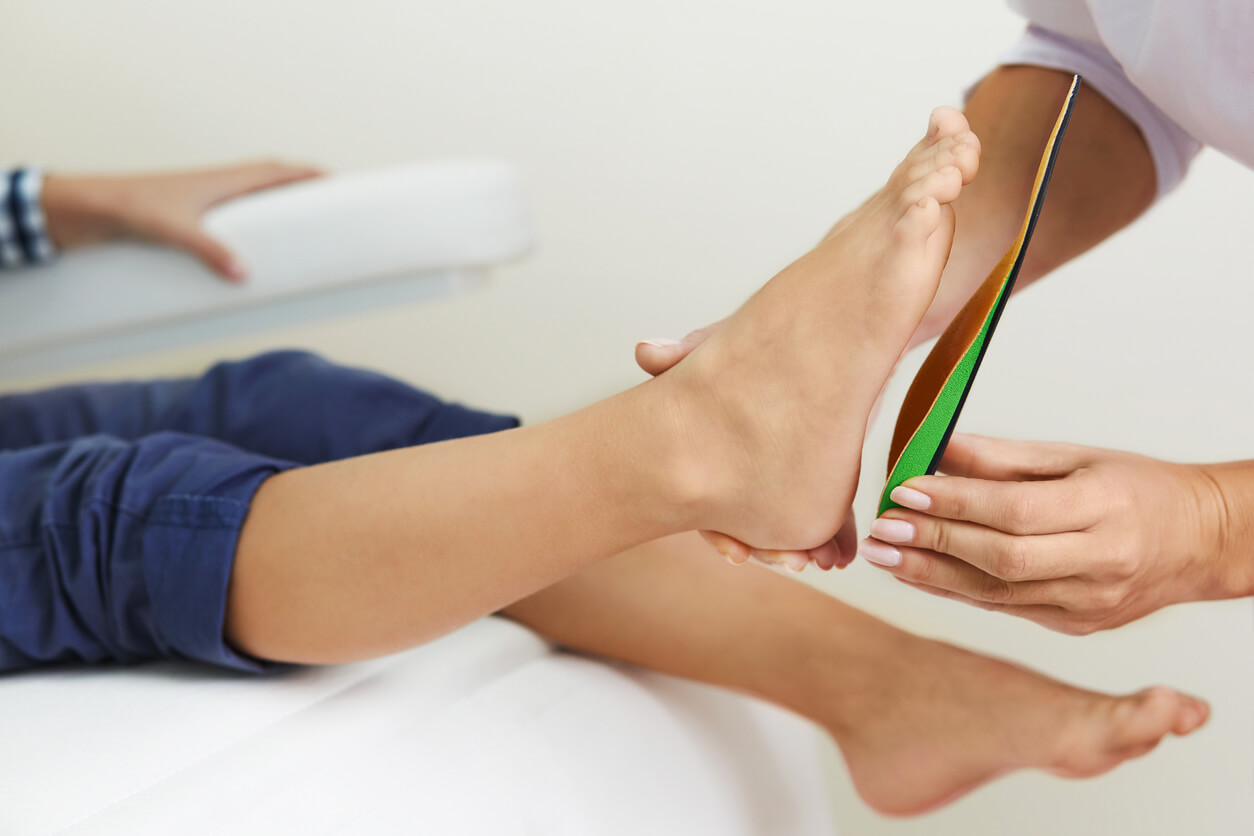Are fallen arches related to genetics or are they caused by behavior and poor footwear choices?
Whether it’s referred to as having fallen arches or flat feet, pes planus, the more technical term, is an uncomfortable and often painful condition to have. There can also be a subtle stigma to it. Early twentieth-century policemen whose daily foot patrol was called “walking a beat” were given the nickname “flat foot”. Certainly, there are more negative epithets, but there is little doubt that it was meant to imply some level of ridicule.
For many of the more than three million people diagnosed with flat feet or fallen arches, each year, there is nothing trivial about this issue. This is true whether the condition is present from birth or acquired later in life, which is described as posterior tibial tendon dysfunction (PTTD).
For those whose condition is mild, there may only be occasional discomfort, but many people with fallen arches suffer from pain in their feet, ankles, calves, knees, hips, and lower back. Finding shoes that fit correctly and are comfortable can be difficult. This is partially because of the fallen arch, but also from gait adjustments due to favoring the arch, which can result in issues with pronation. When the foot pronates or rolls to one side or the other, this leads to uneven and excessive wear on the soles of the shoe.
What Causes Fallen Arches?
When the connective tissue in the foot stretches beyond its normal parameters and becomes inflamed, the arch slowly begins to collapse. This can be caused by a variety of reasons, one of the more common being overuse, as in the case of our unfairly maligned beat cop. Injury, poorly fitting footwear, aging, obesity, diabetes, pregnancy and rheumatoid arthritis are all risk factors that increase the likelihood of developing flat feet.
Other causes include one or both feet not being formed correctly at birth and conditions which affect the muscles and nerves. Cerebral palsy, spina bifida and muscular dystrophy are among those on this list.
Treatment Options for Fallen Arches
Whether your fallen arches have been present from birth or acquired later in life, the big question is what can you do about them. Fortunately, there are treatment options to reduce the pain and discomfort in most cases and surgery for those whose symptoms are more severe.
Based on your lifestyle and the severity of your condition, both in terms of functionality and discomfort, non-surgical suggestions may include:
- rest, ice, and over-the-counter medications for pain relief
- losing weight to reduce pressure and impact on the feet
- footwear that is properly fitted and supportive
- orthotics for support and to prevent pronation
- stretching exercises for the muscles and connective tissues in the lower legs
- physical therapy
- controlling diabetes and high blood pressure
- limiting high-impact activities, like running on hard surfaces and sports, such as basketball, soccer, and tennis
- avoiding shoes that strain the arches rather than support them, including styles with soles that are too flat or high heels
- try to be aware of and reduce the amount of time spend standing
In extreme cases, your orthopedic surgeon may recommend surgery. There is a range of options including tendon transfer, tenosynovectomy, osteotomy, arthrodesis (joint fusion) or gastrocnemius recession.
If you have questions or concerns about any foot or ankle issues, Dr. Christopher Hubbard is a board-certified Orthopedic Surgeon with Ortho-Care Wayne in Passiac County New Jersey, and is the former Chief of the Foot and Ankle Service at Mount Sinai Beth Israel in NYC.
To schedule an appointment, or if you just have questions, please use our convenient online contact form by clicking here.
